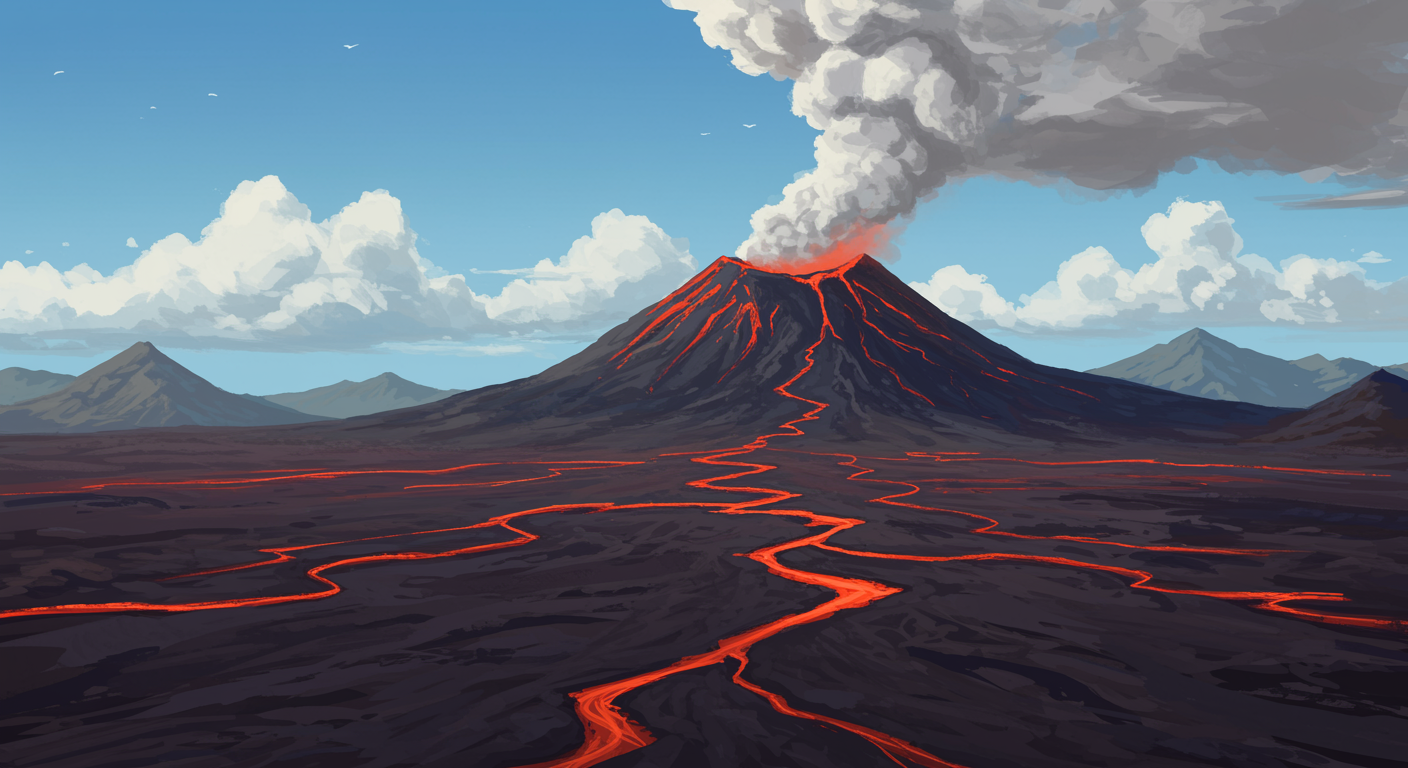
When you picture a volcano, what comes to mind? Most likely, a dramatic peak spewing incandescent molten rock and ash into the atmosphere, reshaping the landscape with rivers of fire. This fiery image, while iconic, only tells part of the story. Deep within our solar system, and surprisingly, even on Earth itself, there exists an entirely different class of volcanic activity – one that erupts slush, mud, or icy plumes rather than scorching lava. These are the unsung, often chilly, architects of planetary geography.
These peculiar geological features challenge our conventional definition of a volcano, pushing the boundaries of what we consider ’eruptive.’ While they may not conjure images of intense heat, their processes are no less dynamic or significant in sculpting the surfaces of planets and moons, offering a glimpse into the diverse forces at play across the cosmos. Understanding these non-traditional volcanoes expands our appreciation for the varied geological mechanisms that shape celestial bodies, including our own.
Perhaps the most dramatic examples of “slushy volcanoes” are found far beyond our home planet. Take, for instance, the moons of the outer solar system. Triton, a moon of Neptune, and Enceladus, orbiting Saturn, are two well-studied locations featuring what scientists call cryovolcanoes. Instead of molten silicates, these icy worlds erupt volatiles like water, ammonia, or methane, which freeze instantly in the vacuum of space, creating intricate, frosted landscapes.
On Triton, Voyager 2 observed dark plumes stretching many kilometers into the thin atmosphere, believed to be nitrogen gas carrying ice particles from beneath the surface. It’s thought that solar heating can vaporize subsurface nitrogen ice, building pressure until it bursts through weak points in the icy crust, forming geyser-like eruptions. Meanwhile, Enceladus is famous for its “tiger stripes” – four parallel fissures near its south pole that vent water vapor and ice grains into space, feeding one of Saturn’s rings. This activity is fueled by tidal forces from Saturn, which flex the moon and generate heat, maintaining a subsurface ocean. When this water finds a path to the surface, perhaps through cracks in the ice shell, it erupts, forming towering icy jets that contribute to the moon’s unique geography. The surface around these vents is a testament to ongoing resurfacing by these cryo-eruptions.
You might be thinking, “That’s fascinating for distant moons, but surely not on Earth?” While we don’t have icy cryovolcanoes like Enceladus, our planet hosts its own version of non-magmatic eruptions: mud volcanoes. These curious features are far less dramatic than their molten counterparts, often appearing as conical mounds or depressions that bubble and burp cold mud, water, and gases like methane. They are not fueled by magma, but rather by the expulsion of pressurized gas and fluids from deep underground, pushing up soft sediments to the surface.
Mud volcanoes are surprisingly common, particularly in areas rich in hydrocarbon deposits, where methane gas can accumulate and build pressure. Azerbaijan, a country nestled at the crossroads of Europe and Asia, boasts the largest concentration of mud volcanoes in the world, with over 350 documented sites. These range from small, bubbling pools to vast, conical structures that occasionally erupt, spewing thick mud and sometimes even igniting the methane gas, creating spectacular, short-lived flames. The Dashgil mud volcano in Azerbaijan, for example, has produced eruptions that sent mud flying hundreds of meters into the air, reshaping its immediate landscape. Similarly, the island nation of Trinidad and Tobago in the Caribbean also features significant mud volcano activity, with sites like the Devil’s Woodyard representing key geological landmarks.
These terrestrial mud volcanoes, while not as visually stunning as lava-spewing giants, play an important role in local geography and ecology. They can release large quantities of methane, a potent greenhouse gas, into the atmosphere. They also create unique soil conditions that support specialized plant and animal life, adapting to the unusual chemical environment. Their presence often indicates active geological processes below the surface, including tectonic activity and hydrocarbon migration, providing valuable insights into the earth’s dynamic interior.
So, the next time you envision a volcano, consider expanding your mental image beyond fiery peaks. From the icy geysers of distant moons to the bubbling mud cones on our own continent, the universe offers a diverse array of geological phenomena. These slushy eruptions remind us that the forces shaping landscapes and geography are far more varied and surprising than the conventional narratives often suggest, continually prompting scientists to re-evaluate what we think we know about our planet and the cosmos.